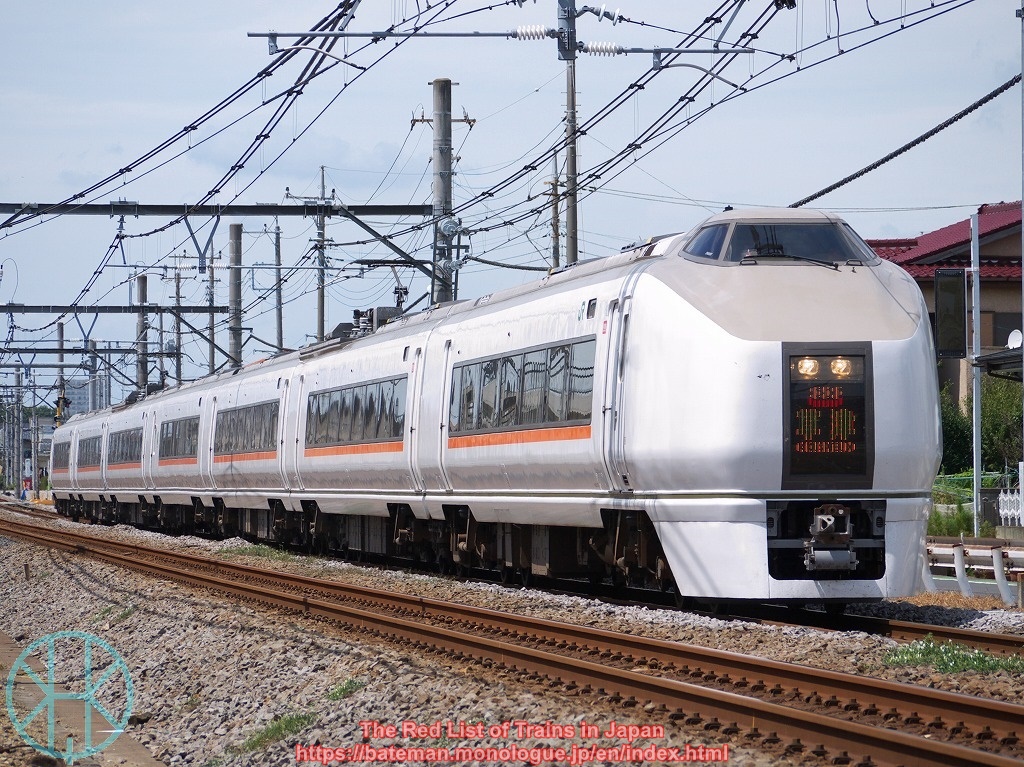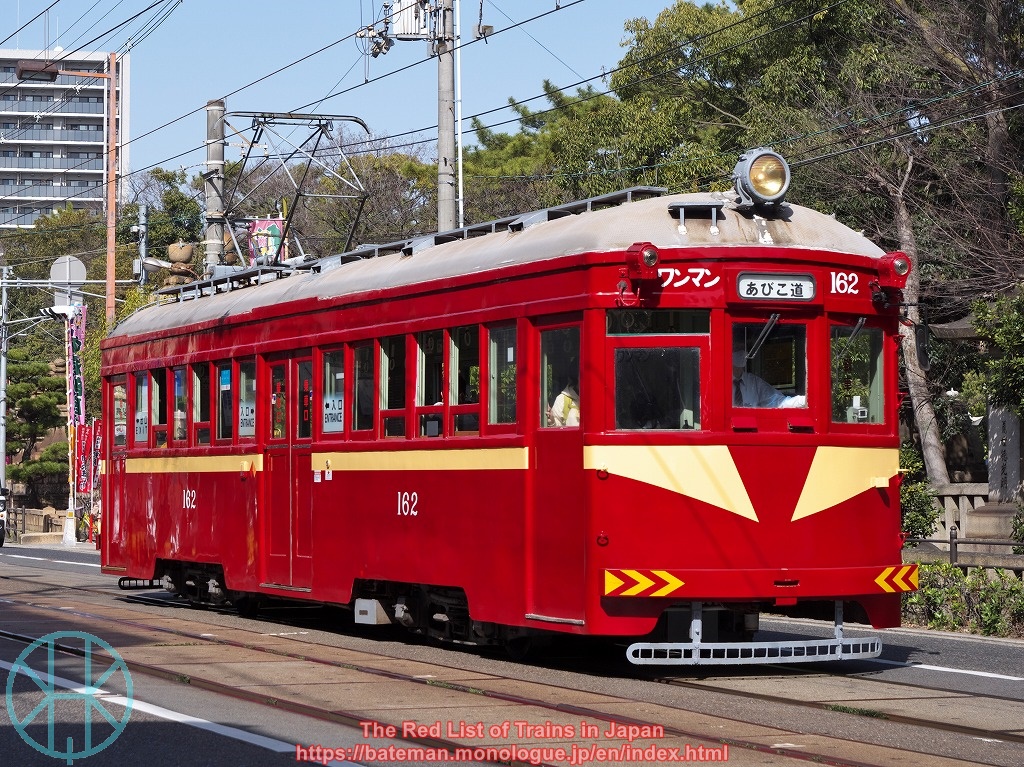Turning 60 has a special meaning in East Asian culture. It is called jiazi in Chinese, hwangap in Korean and kanreki in Japanese (please leave a comment what is it called in other Asian countries, if it exists). Countries in East and Southeast Asia use traditional zodiac calendar, and it is well known that there is a 12-year cycle. In addition, there is another cycle with five different elements and attached to the 12-cycle. It means that the traditional sexagenary cycle is consisted of sixty patterns in total (twelve times five). Thus, the cycle completes every 60 years so that people celebrate either the 60th or the 61st birthday.
Being 60 years old or more is not rare in these days as life expectancy is far longer today than in the past, but kanreki is still regarded as something to celebrate. Hence, we should celebrate some trains in Japan which turn 60 this year and wish their longevity.
First of all, JNR 103 series. It was developed by Japanese National Railways and it was the most numerous train in Japanese history, with roughly 3,500 carriages were introduced in total to various commuter rails in major cities in Tokyo and Osaka areas. Many famous railways in Japan such as Yamanote line were once served only by the 103 series.
The first unit of the 103 series was introduced in March 1963, but it is hard to believe now that this commuter train was once predominant on JNR or JR network, as only a few units remain in Hyogo Prefecture today. There are also several units on Chikuhi line in Fukuoka Prefecture, but they do not look like genuine 103 series, as if being completely a different type.
JNR 113 series was once the most successful suburban train in Japan. The first unit was registered for mainline use in December 1963. The 113 series was mass-produced and introduced to various lines in Tokyo, Nagoya and Osaka areas amid sharp increase in demand.
JR East, Central and Shikoku have already withdrawn all trains, but JR West still uses more than 20 four-carriage units in Kyoto and Okayama areas. However, the number those in Kyoto (Kusatsu and Kosei lines) will be dramatically declined or even they will possibly retire in March 2023, as redundant 223 series trains are gradually reallocated from Hanwa line to Kyoto area. Those in Okayama are also subject to be replaced with brand new 227 series from later this year.

This is JNR 115 series , and the first set of trains was introduced in January 1963. Unlike the 113 series, the 115 series was designed for railways with steep slopes and tight curves, but both series look almost the same. The 115 series was also introduced to various lines in the Greater Tokyo Area (mostly north Kanto region), Niigata, Nagano, Okayama and Hiroshima areas, as well as a few lines in Shizuoka Prefecture. The 115 series had been known until the early-2010s, as one of the most common rolling stock developed by JNR as JR companies were reluctant to invest in suburban trains in areas with fewer population than Tokyo and Osaka.
However, the number sharply declined in the 2010s as both JR East and West replaced the 115 series with newer trains. Today, JR West uses more than 150 carriages in Okayama and Yamaguchi areas. They are also subject to replacement in the next few years, but unlike other old trains, some 115 series units are likely to remain for a while as they are handy. Shinano Railway also has a few trainsets, and they are scheduled to be replaced with SR 1 series by no later than 2027.
Tobu 8000 series should not be forgotten. The 8000 series entered service on 1 November 1963 and used on the entire Tobu network except unelectrified Kumagaya line (closed in 1983) and freight lines. The series was known for the most numerous rolling stock in history of Japanese private railways.
The 8000 series dwindled in the 2000s and 2010s, but still many of them are operational on Noda line and other branch lines. The company will introduce brand new trains to Noda line from around 2024, but those on small branch lines might remain until the late-2020s.
These four types of trains have turned or will turn 60 this year. However, it must be noted that all of them were mass-produced for about 20 years. It means that when it comes to the youngest trains, only 40 years have passed since introduction (though still pretty old enough). As noted above, many trains have already been withdrawn so that one might think that operational trains are in fact not 60 years old.
That is mostly right. Here are the oldest operational carriages of the four types aforementioned:
| Carriage no. | Date of built |
|---|
| 103 series | KuHa 103-247 | 19 Jul 1973 |
|---|
| 113 series | KuHa 111-5703 | 4 Jun 1974 |
|---|
| 115 series | MoHa 114-316 | 4 Oct 1974 |
|---|
| 8000 series | 8111 | 30 Nov 1963 |
|---|
 |
| Unit no. 8111 (preserved 8000 series) |
8111 (and three more carriages in the same trainset) is the oldest, and it is likely to turn 60 in November. This is going to be the genuine kanreki train within months. However, this unit is a preserved train owned by Tobu Railway Museum so that it might not be fair to refer to it. When it comes to a train that is currently for passenger use, 8750 and another carriage in the same trainset are the oldest as they were registered on 23 April 1969.
Finally, while kanreki is something to celebrate, I must say that those railway companies are unlikely to hold any kind of event at present…what a shame!



.jpg)













































